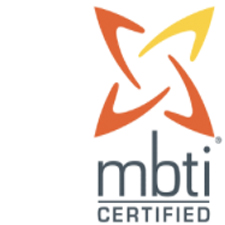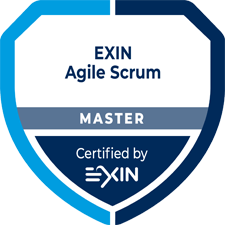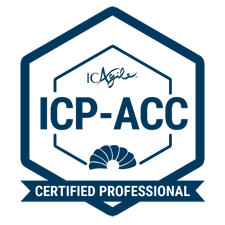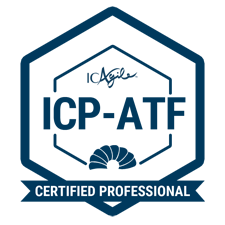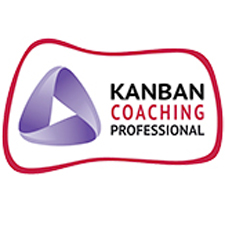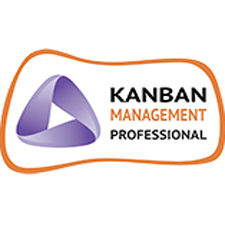Processes

Waypoint works with organizations to improve process performance
Process is the sequence of activities that creates product or service outputs that are of greater value than the inputs. In today’s high-velocity operations, the winners consistently integrate multiple disciplines to deliver superior, innovative outcomes, faster. This collaboration involves complex networks of processes to deliver. Improving these processes therefore requires simultaneous manipulation of multiple parameters. This is difficult to do using a theoretical approach which attempts to define all the parameters with little involvement from the people who interact with the process. We believe in an iterative approach where parameters are tested and optimized through real time problem solving with process actors. This approach to process improvement involves:

- Establishing an initial view of the expected performance based on the current understanding of the internal and external customer needs
- Making the pathway to achieve those outcomes very clear to everyone involved
- Sharing an understanding of the connections that trigger the exchange of information for material or outcomes
- Continuously optimizing the standard method of work to complete each task
But first…where’s the value?
A precursor to ruthless process management is understanding which of your countless business processes are the biggest drivers of value or waste in your organization.
Greater bottom line profitability may not come from greater operational output; it could come from lower cost of inputs (purchasing and procurement) or selling more higher margin products over lower (sales and marketing).
Process value mapping should be the start of any improvement exercise.
Quickly establishing these parameters gets everyone doing something that is known and productive, with the understanding that the process will voice the shortcomings that need addressing through the day-to-day effort of delivery. Ordinary companies often create an enterprise of mitigating these shortcomings with work-arounds at best or denial at worst. High-velocity companies, however, swarm these opportunities with structured cause-and-effect analysis and corrective actions to modify the four process improving steps above. They follow up by testing, adjusting and implementing the actions, codifying and quickly sharing the learnings with others. This cycle is continuous and the more that is learnt the faster it happens resulting in ongoing improvement in output speed, quality and control.
Iterative process improvement

Once the four steps are agreed, everyone has an expectation of how the process should deliver. The inevitable deviation from these expectations creates the opportunity to learn more about the process and to improve the performance and control, iteratively.
Professional Certifications

